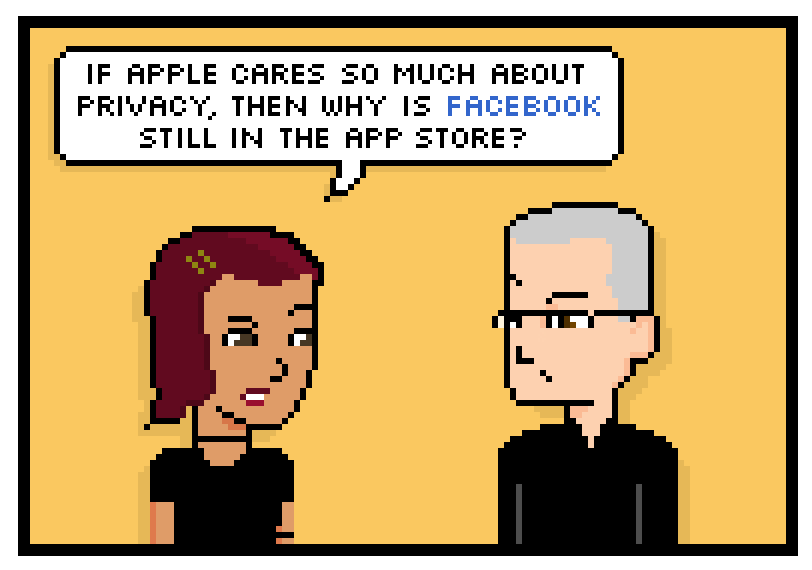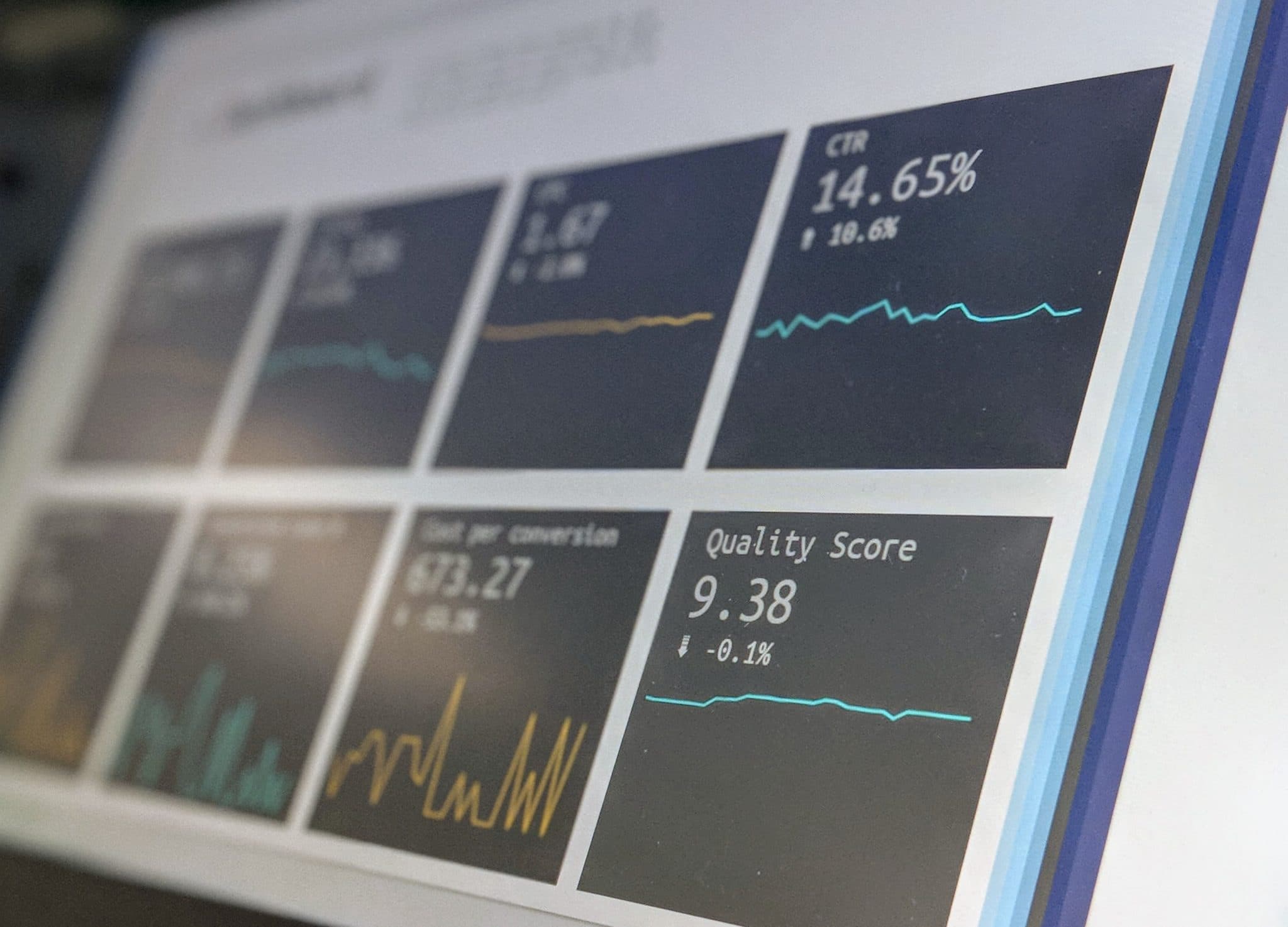It’s obvious that consumers are now concerned about data privacy.
They are more aware of how their data is gathered, kept, and shared, and they want greater control.
This has somehow been accomplished without actually fully informing consumers about the risks of having their data exposed or exploited, and yet they have mostly decided to accept it. So here we are!

If you’re busy or simply decide not to read on then at least know this: you’re going to need some very compelling reasons for customers to give you their data.
Because data gathering has grown so inextricably linked to the current customer experience, brands now face a unique set of problems.
Would e-commerce have grown at the same rate without tailored ads and targeted promotions? Most likely not, because both customers and brands have grown to rely on customisation to improve the modern buying experience.
Could small and medium-sized enterprises have gained the same degree of awareness among their cohorts as the major spenders do without customised or targeted advertising? No, not really.
We recently discussed how Apple has modified how it will manage customer data by strengthening privacy and safeguards for consumers’ information. With such a global powerhouse embracing the trend towards enhanced data privacy, marketers must keep these developments in mind as they plan future initiatives.

Increased data restrictions will unavoidably limit the methods brands and marketers can use to get information about customers, altering how we design marketing campaigns and activities.
These obstacles can only be overcome if brands focus on the consumer’s unique and personal traits and make attempts to develop a meaningful relationship with them.
In many respects, these difficulties will benefit the marketing profession by encouraging innovation and adaptability.
Personalisation in marketing
Aside from using the tech giants’ aggregated predictive models to provide us with more detailed targeting like before, brands will need to focus more on personalised marketing, which is already gaining traction and has become a popular topic of discussion with the introduction of relevant and supportive technologies such as data management platforms, geotargeting, and varied forms of targeted e-mails.
Many individuals now feel that it is an unavoidable baseline for the future of marketing strategy and brand performance in competitive marketplaces.
Because the likes of Google and Facebook’s “workarounds” for data loss (due to fewer opt-ins) will be widely available to all companies, it will be your tailored advertising capabilities based on your earned datasets that will set you apart.
Adapt to technological advancements
Companies will need to adapt to relevant technology if customised marketing is to operate as predicted.
They will need to get acquainted with new and popular forms of social media, data-gathering platforms, and other technology that not all existing employees and enterprises are likely to be familiar with or able to purchase.
AI is bringing predictive personalisation techniques closer than any other tech trend. Things like Dynamic Creative Optimisation are already helping to relegate tasks like split A/B testing to the past.
Many companies that can afford it have already implemented machine learning, big data, and AI to automate customisation.

Current business models are being restructured
Adopting a new marketing strategy customised to the most relevant technology needs budget, time and resources.
To successfully adopt customised marketing, companies will need to organise their planning and communication a lot better.
Some businesses will have to recognise that their present processes and marketing strategies will have to alter dramatically and often.
They will have to reassess how consumer data and information are distributed within the company and potentially beyond that.
Individuals’ geographic locations, potential customers’ prior purchases, and so on will be flooded into company databases, and there may be restraints in how that information is obtained, distributed internally and publicly, and used to improve revenues.
Legal ramifications
Privacy is always a concern, and in certain places, it is more so than in others, so businesses must overcome any legal obstacles before implementing tailored marketing. In particular, the EU has established GDPR, and you’ll all have heard of that by now.
GDPR limits the types of data that brands may gather on their customers and provides a means for them to sue companies for violating their privacy. In the United States, California followed suit and enacted the CCPA in 2018.
Now let’s discuss some of the first measures marketers and businesses must take in order to discover, contact and convert customers in the age of data security.
Get to know your consumers better
We’ve all heard that the cookie is on its way out for quite some time. They have lost their charm as customers become more suspicious and privacy regulations become more stringent.
Consumers, in my opinion, have been far too ready to accept that cookies are evil, and yet here we are.

However, this is beneficial in some respects since it will make some brands less lazy.
Many brands have traditionally depended extensively on background data collecting, which has produced some useful outcomes. With evolving data rules, we will need to get to know our consumers in new and deeper ways. This will have a huge impact on the marketing industry.
Brands and marketers must look beyond conventional third-party data, such as broad demographics or the amount of time visitors spend on a website, to understand their consumers’ unique interests and objectives.
The next generation of marketing will be based on an intentional brand-to-consumer connection in which cooperation – most likely in the form of data sharing and incentives – will generate purchasing power.
Consumers want to have relationships with the brands they like, yet many businesses do not prioritise developing this sort of loyalty. Brands may build better consumer connections and loyalty if they strategise and accept these shifts in data privacy.
Restore consumer power via customisation
Customers demand privacy from companies and advertising, but they also want goods and services that are tailored to their specific requirements. Because of this paradox, as well as new privacy regulations, marketers must understand their clients beyond their clicking and scrolling behaviours.
According to Accenture research, 91% of consumers prefer to buy items from businesses that provide some level of personalisation. Marketers will find it more difficult to reach customers without third-party data than ever before, yet most consumers will still demand the same level of personalised suggestions, discounts, or promotions.
Personalisation is the answer. They will eventually have more power over which marketing activities they see or don’t see based on how they interact with a company as personalisation increases.
Brands will have to look for new ways to understand their customers, such as first-party or zero-party data collecting. These approaches will provide more focused insights than any third-party data source, but they will necessitate more effort on the side of brands.
Make clever use of data and technology
Brands can solve data privacy issues if they use data wisely. They must utilise tools to understand and contact their customers as consumer data gets more difficult to access and marketing technology grows more expensive to use.
They will require technology that spans many channels, collects data in real-time, improves the user experience, and generates reliable data reports. More precise data (collected by first- or zero-party techniques) will necessitate a more sophisticated analysis.
Personalisation will be the bedrock of intelligent data utilisation. Segmentation will give way to direct engagement with the consumer, whether through an AI-powered platform or even things like simple quizzes, competitions or surveys.
Interactive material not only encourages increased involvement but also increases the user’s enjoyment. At the very least, it enhances the amount of time visitors spend engaging with you, which improves your shareability/linkability and possibly even your rankings.
People mostly want to be involved, therefore good interactive content nearly always enhances your user experience.
This move for interactive content will be part of a larger trend toward personalisation anyway; by allowing consumers to respond for themselves or have their opinions heard, they feel a more personal connection to the business.
Don’t forget that it may also be used to collect data about user preferences, for example, to enhance products or websites.
Segmentation of customers
The concept is simple: rather than a limited number of major marketing efforts aimed at broad audiences, it is often preferable to have a large number of small marketing initiatives aimed at specialised consumers.
Customer segmentation is categorising your target customer based on specific characteristics or behaviours, such as demographics or purchasing patterns.
This allows you to more precisely tailor your material to their interests, such as having two separate email lists for large spenders and small spenders and sending various newsletters to each with different items.
You may segment your consumers anyway you choose, but the most frequent divisions are demographic, psychographic, geographic, behavioural, and customer journey.
This technique is excellent for customisation and consumer engagement because your followers will receive material that has been hand-picked just for them.
Aside from email lists, consumer segmentation may be applied to customised advertisements on other sites, categories of blog posts, and social media content for numerous different interests and communities.
Start planning now
So despite the disruption of nasty and annoying cookie consent notifications, consumers increasingly believe that their data is one of their most valuable assets in the contemporary world, and they want to know that it will be handled properly. That’s not going anywhere.
So this barrier needs to be overcome by using personalisation to satisfy their remaining need for tailored advertising – and brands must start planning now.
Think about your overall content strategy, your e-mail marketing tactics, newsletter audiences, previous purchasers, social media audiences and website users… segment them all to start planning conversations that they will enjoy.


